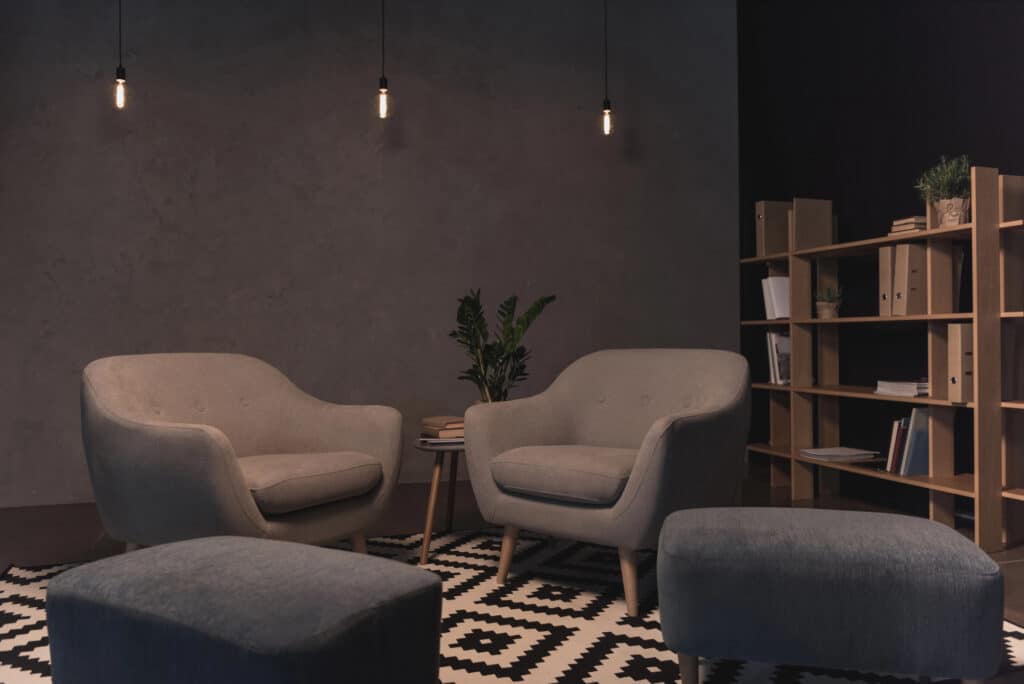
In the rapidly evolving world of U.S. equity markets, the emergence and expansion of private trading rooms within alternative trading systems (ATSs) have sparked both interest and debate. Promising specialized access to liquidity, reduced connectivity costs, and potentially improved execution workflows, these exclusive venues have attracted attention from institutional traders and brokers alike. But with concerns ranging from market fragmentation to limited transparency, industry experts remain divided on whether private rooms offer a viable future—or merely fragment an already complex market landscape.

Private rooms are customized liquidity pools hosted within an ATS. These venues allow only a select group of members—typically broker-dealers, market makers, and institutional traders—to interact. The structure of these rooms can vary: member-to-member, member-to-multiple members, or even multiple participants trading with each other in a more open, yet still exclusive, format.
“Private rooms are segmented pools of liquidity that are hosted within alternative trading systems,” explained Joseph Saluzzi, partner and co-head of equity trading at Themis Trading. “Only members of a private room can trade with other members.”
While the trades executed within these rooms are not distinguished from regular ATS trades on the tape, the nature of participation makes them fundamentally different from open ATS pools or exchange activity. And with these differences come several structural and strategic questions.
The Liquidity Puzzle
One of the biggest questions surrounding private rooms is whether they provide sufficient liquidity, particularly for large orders or less active securities.
Adam Cohn, Vice President and Head of Trading Operations at TradeStation Securities, emphasized this point. “While it’s possible to find private rooms with sufficient liquidity in high-profile stocks like Tesla and Nvidia, the real question is whether these rooms can provide the type of execution traders are seeking, particularly for other names and high-volume ETFs. This is one of the primary drawbacks.”
Unlike wholesalers or exchanges, which are generally obligated to fulfill every order regardless of the instrument being traded, private rooms are under no such obligation. This creates an execution risk—especially for institutional players executing large or complex orders. “One advantage of wholesalers or exchanges is their ability to fulfill every order, without the liquidity issues often associated with private rooms,” Cohn said.
For many broker-dealers, the challenges of connecting to dozens of private rooms—and managing those connections—are substantial.
“For a firm like ours, connecting to 25 or 30 different routes is not a feasible option,” said Cohn. “We rely on wholesalers who have spent years developing systems to manage those connections. Given this infrastructure, it’s likely more efficient for us to leverage relationships with wholesalers, rather than directly connecting to multiple private rooms.”
This need for scalability and centralized infrastructure may explain why private rooms have not gained broader traction, particularly among larger institutions that are already well-integrated with exchanges, ATSs, and single dealer platforms (SDPs).
“To date, I haven’t seen substantial value in most private rooms, though some, such as IntelliCross’ offering, are being more widely used,” Cohn added. “However, it remains to be seen whether they can effectively compete with wholesalers and exchanges, and this is still an open question.”
Fragmentation vs. Access
Private rooms offer a streamlined route to liquidity—especially for smaller broker-dealers that lack the technical infrastructure to connect directly to numerous venues.
Jeff O’Connor, Head of Equity Market Structure, Americas, at Liquidnet, described private rooms as a bridge. “A provider of private rooms provides access to different venues through one channel,” he explained. “This streamlines workflow for a broker/dealer looking for a single access point to several venues.”
But O’Connor also highlighted the tradeoff: this convenience can come at the cost of full market access. “Some of the biggest Single Dealer Platforms offer direct connectivity only… So a broker/dealer utilizing a private room to access SDPs would actually be missing out on a large chunk of the available liquidity if that was their sole medium to get to that segment of the market.”
This fragmentation—moving liquidity into smaller, more exclusive venues—also makes it harder for brokers to ensure best execution. As liquidity is spread across more venues, especially those that are inaccessible to all market participants, price discovery suffers.
Risk of Information Leakage and Flow Segmentation
While private rooms can facilitate more selective trading and potentially better pricing for certain flow types, they also introduce risks, particularly around information leakage and flow segmentation.
“Market makers may provide unique liquidity in a private room,” noted Saluzzi. “However, the risk of information leakage is also present. These could be bilateral agreements between only two parties outside of the ‘public’ ATS pools.”

Saluzzi went on to warn of how selective participation could lead to an imbalance. “The bilateral agreements allow liquidity providers to take the other side of less risky, more predictable flow. This leaves the less desirable counterparty ‘exhaust’ to be passed on to the general ATS pool.”
From a strategic standpoint, the utility of private rooms can vary depending on the trading audience.
Cohn pointed out that the assets traded by institutional firms often differ substantially from those of retail investors. “As a result, the private rooms that appeal to retail traders may not align with the needs of institutional investors,” he said. “This misalignment makes it difficult to determine whether private rooms offer substantial benefits to either group.”
Moreover, institutional trading often requires large, complex orders with minimal market impact—a requirement that many private rooms are not yet fully equipped to meet.
The Role of Single Dealer Platforms
A key factor in understanding the private room landscape is the rise of Single Dealer Platforms (SDPs). These platforms—often run by sophisticated electronic market makers—allow brokers to interact directly with a single liquidity provider.
“SDP interaction from the sell side, on behalf of the buy-side, has pervaded the U.S. market,” said O’Connor. “By interacting directly with the SDP, a broker/dealer can better monitor fills and address mark-outs directly—whereas they are anonymous on exchanges.”
Private rooms can be used to consolidate connectivity to multiple SDPs, providing a more streamlined experience for brokers. However, this approach isn’t always optimal. “If a small broker/dealer is using a private room as their sole method to reach SDPs, they could be missing out on the best available liquidity,” O’Connor added.
Despite the hype, data suggests that private rooms still represent a relatively small fraction of trading activity.
“Based on interviews with some ATS executives, volumes in private rooms only account for about 5% of ATS volume,” said O’Connor. “This suggests that traders are not missing out on liquidity if they don’t participate in private rooms.”

So while private rooms may enhance access in certain contexts—especially for smaller or less-connected brokers—they are not (yet) essential for robust trading performance.
For now, private rooms remain a niche offering. But that may change—especially if smaller broker-dealers continue to seek out cost-efficient alternatives to building out direct connectivity.
“There are formidable broker/dealers that don’t carry their own ATS and can internalize institutional flows in these rooms,” O’Connor noted. “While the largest of investment banks can internalize in their own ATSs, and are amongst the largest of ATSs, the collective effort of some smaller players can bring liquidity to a private room.”
Still, the scalability of this model remains uncertain. “Widespread adoption/acceptance from the largest of Single Dealer Platforms would bring more scale,” O’Connor said. “But this is a finite list, and the amount of executable institutional volume falls off quickly once moving past the largest of investment banks.”
Private trading rooms represent a notable innovation in the ongoing evolution of equity markets. They offer real advantages—especially for firms that lack the resources to build out comprehensive infrastructure. But they also pose risks: increased fragmentation, limited transparency, and potential degradation in price discovery.
As Cohn summarized, “In terms of becoming a dominant force, I wouldn’t say they have reached that point yet. Ultimately, the key lies in providing traders and firms with more options… The greater the number of venues available, the better, as it fosters competition, which in turn can improve execution quality from wholesalers and exchanges.”
In the final analysis, private rooms are a tool—not a solution. Their value will depend on how they evolve, how they are regulated, and how effectively they integrate with the broader market ecosystem. Whether they become a dominant force or remain a niche product will depend on how well they address the very concerns they’ve raised.






